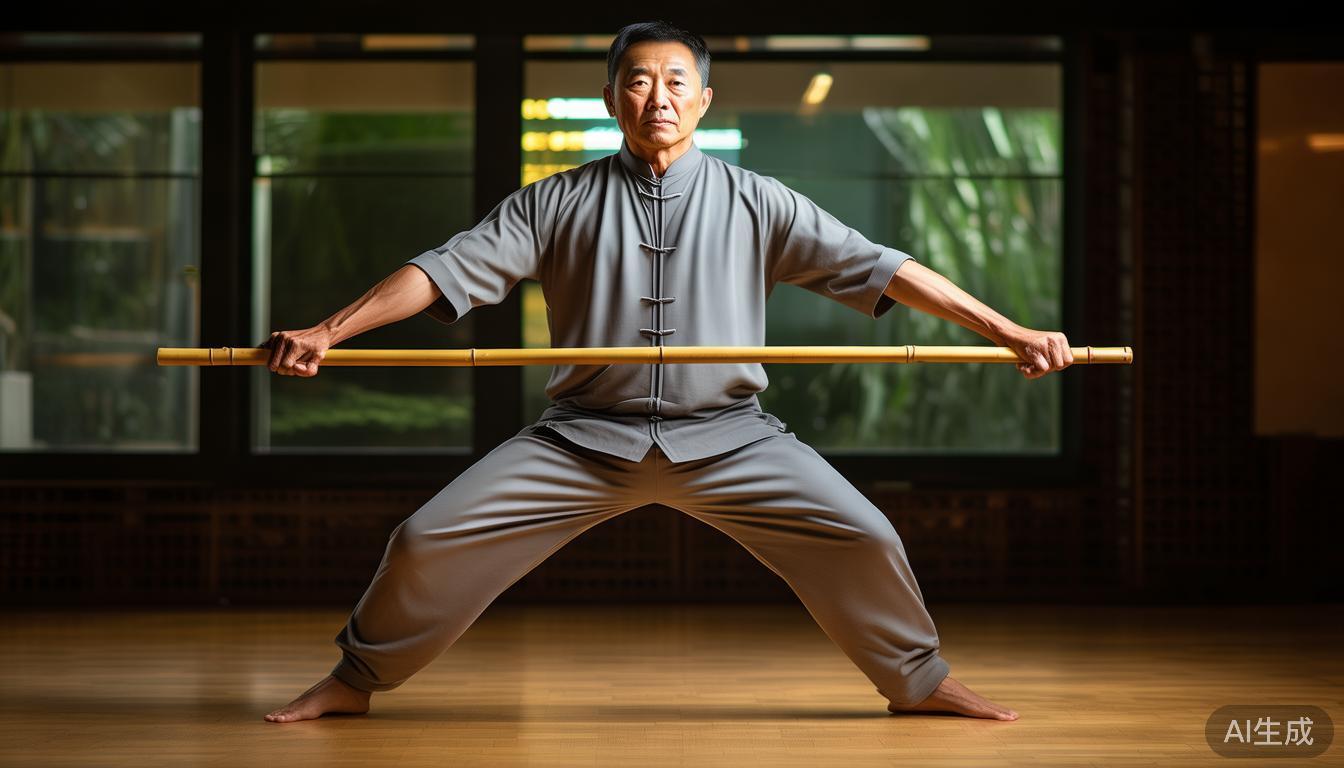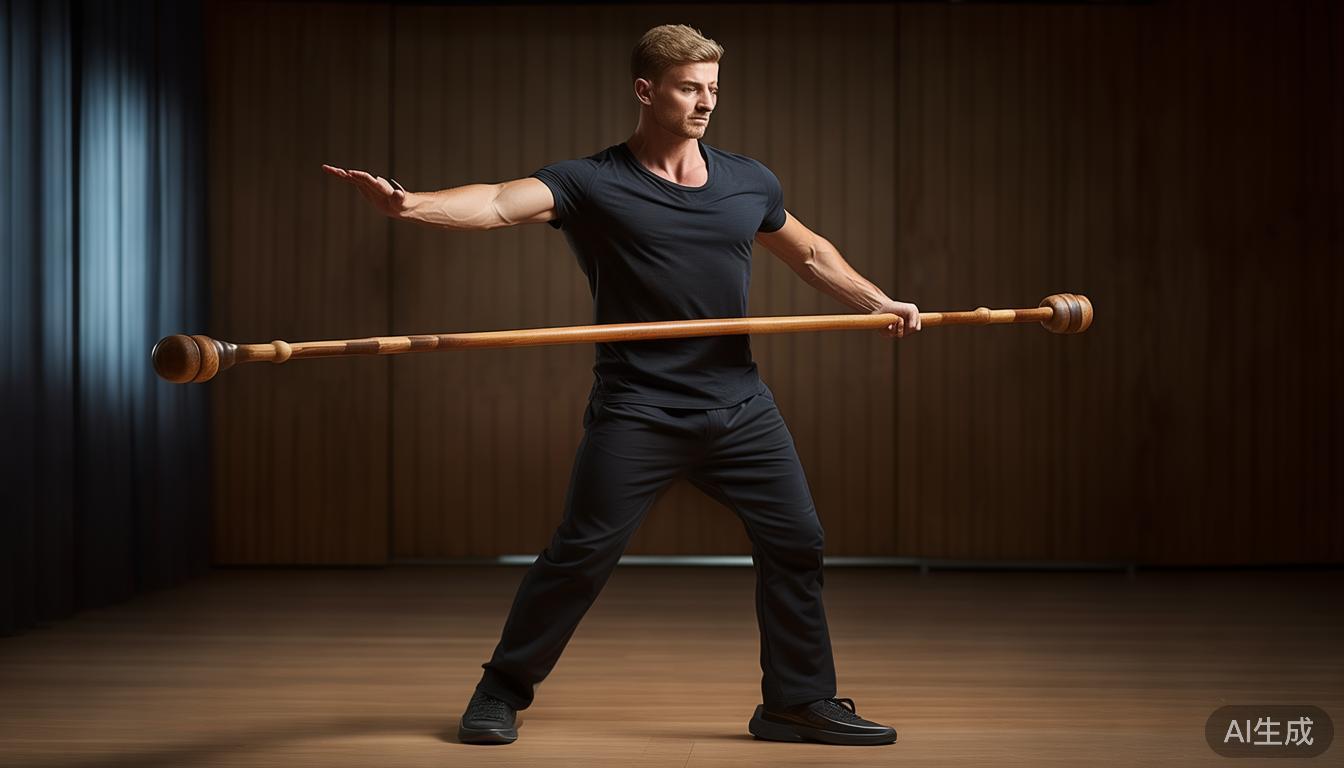After practicing Tai Chi stick for many years, I deeply realized that this seemingly simple instrument contains the deep wisdom of Tai Chi philosophy. It is not only a tool with exercise function, but also a medium that leads us to think about the symmetry of yin and yang and the combination of hardness and softness. By holding the stick to exert force, through further practice, we can more truly realize the phenomenon of transformation of power through the body, thereby reaching the level of integration of individual body and mind.
How to choose materials for Tai Chi sticks
When choosing a Tai Chi stick, the material has a direct impact on the practice experience. The stick body made of ash wood has elasticity and toughness, and can clearly transmit changes in force when practicing silk winding. Beginners can choose practice sticks made of bamboo, which are lighter in texture and affordable, making it easy to master basic movements. What needs to be noted is the tai chi stick . No matter what material Tai Chi Online you choose, you must check whether the stick body is smooth and free of burrs, and whether the grip is in line with the ergonomic design.
What often appears in my sight is that those students use metal rods that are too heavy, causing their body movements to become extremely stiff and stiff. In fact, when the weight reaches an appropriate level, it can promote the wrist to reach a natural state of relaxation. Through this posture, you can better understand the key points that include the meaning of "driving the expression of strong characteristics based on soft characteristics". Every time I assist students in choosing sticks, I will ask them to demonstrate a certain number of hand movements that are like clouds and continuously stretch. I will carefully examine the fluency of these movements and then provide personal suggestions.
Basics of Tai Chi practice

When practicing Tai Chi Classes Online while holding a stick, the first thing to do is to adjust the rhythm of breathing so that the breath and movements are synchronized. Just like taking the "flat circle exercise" as an example, you need to hold both ends of the stick with both hands, and use the rotation of the waist and hips to drive the arms to start drawing circles. During this process, it is necessary to keep the club body in a horizontal state and focus on the Dantian position. A common mistake is to only use the arms to exert force, but ignore the core strength of the waist and abdomen.
When I teach newcomers, I particularly emphasize the detail called "relaxing the shoulders and dropping the elbows." After the students relax their shoulder joints, the Tai Chi stick will naturally produce a floating feeling. This subtle feeling is the key to getting started. It marks the beginning of the practitioner's grasp of the true meaning of "intention without force."
Practical health benefits of Tai Chi sticks

The stick-holding movement continuously mobilizes the muscles of the upper limbs, which is particularly effective in relieving cervical spine strain among office workers. Long-term participation in Tai Chi stick training can significantly and effectively improve shoulder and neck problems. After one of my students practiced for half a year, the various symptoms of the mouse hand that had existed for many years were significantly reduced. It turned out to be due to the unique and unique spiral continuous overall movement of Tai Chi sticks that promoted local blood circulation.
The obvious benefit is that coordination is improved. To complete compound movements such as the "eight-figure stick wrap", you need a tacit coordination of the eyes, hands, body, and steps. Because this kind of training is multi-dimensional, it can open up different areas of the brain, which also has a positive effect on preventing Alzheimer's disease. Many students have given feedback. After practicing, they feel that their bodies are lighter and their reactions tend to be more agile.
When practicing Tai Chi stick, have you ever experienced that wonderful moment when people and sticks reach a state of unity? If so, please share your unique and extraordinary experience in the comment area. If you feel that this article has been helpful to you, please like and support it and share it with more people on the same path. Period ("period" here does not need to be translated, but it must be replaced with a Chinese period. According to the text requirements, it is the punctuation mark at the end of the sentence)


